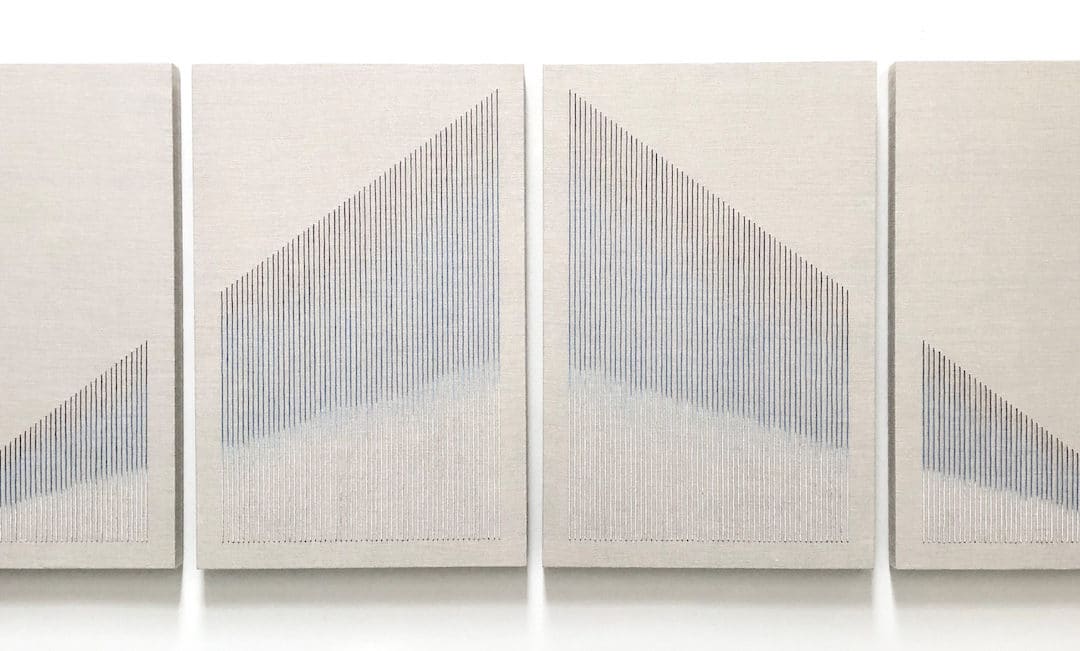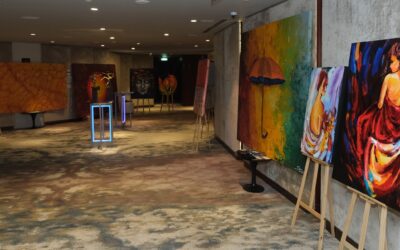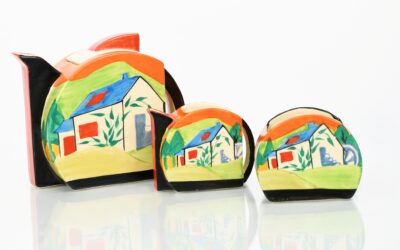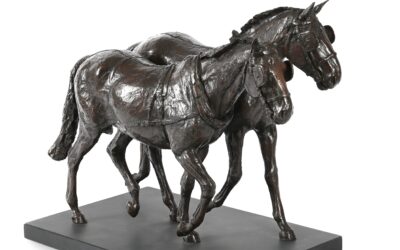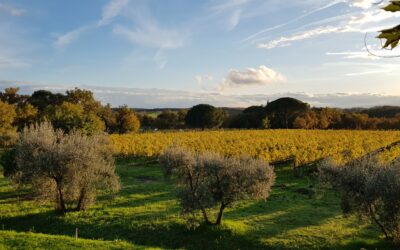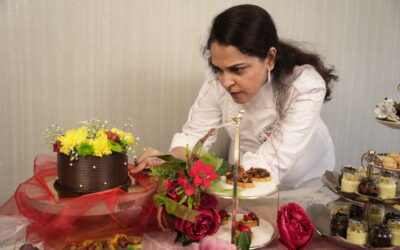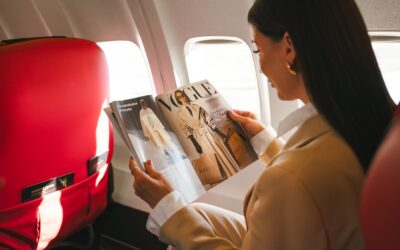Diane DallasKidd was born and raised in San Francisco and graduated from San Francisco State University with a BFA in Textile Art. She traveled to Japan to continue studies under Tsuyoshi Kuno, a 4th generation master dyer who adapted centuries old dyeing techniques to create new material for avant-garde designers such as Issey Miyake and for productions such as Cirque du Soleil. Learning from artists who push creative boundaries while honoring traditional process continues to influence DallasKidd’s own artwork.
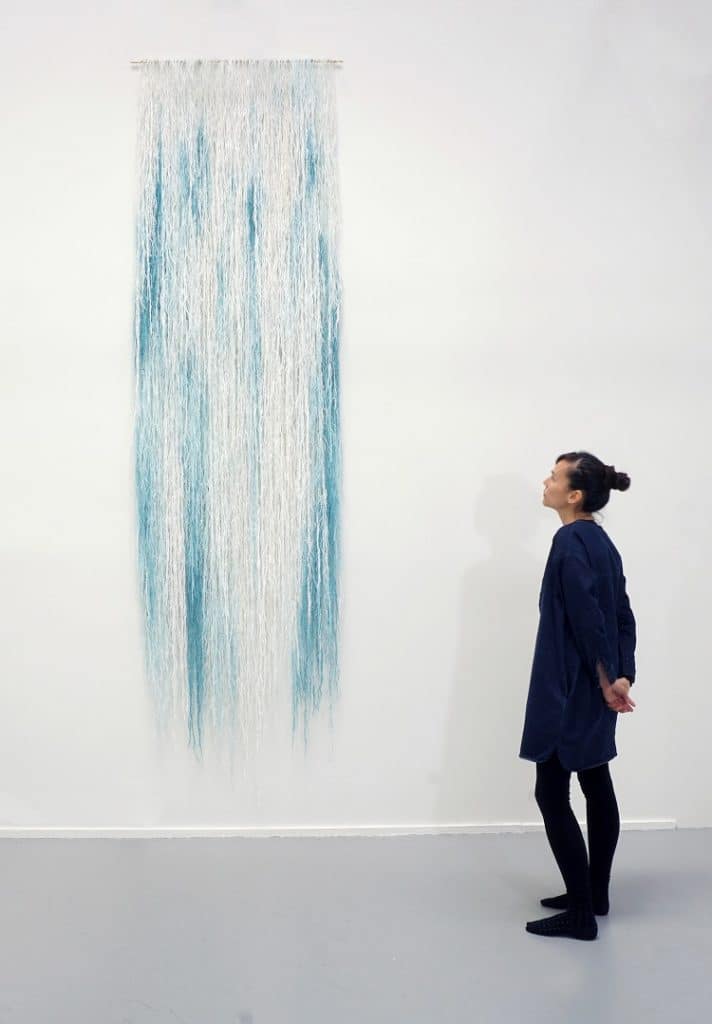
Gravity
DallasKidd is continually motivated to draw something new and unexpected from the medium with a focus on process, whether it is folding paper to delineate planes of space in her paintings on wood or painting singular threads and suspending them to create ethereal forms. She often begins her exploration with a feeling more so than a fixed outcome in mind. Her resulting works are textural and dimensional, echoing patterns and shapes found in the natural and urban landscape.
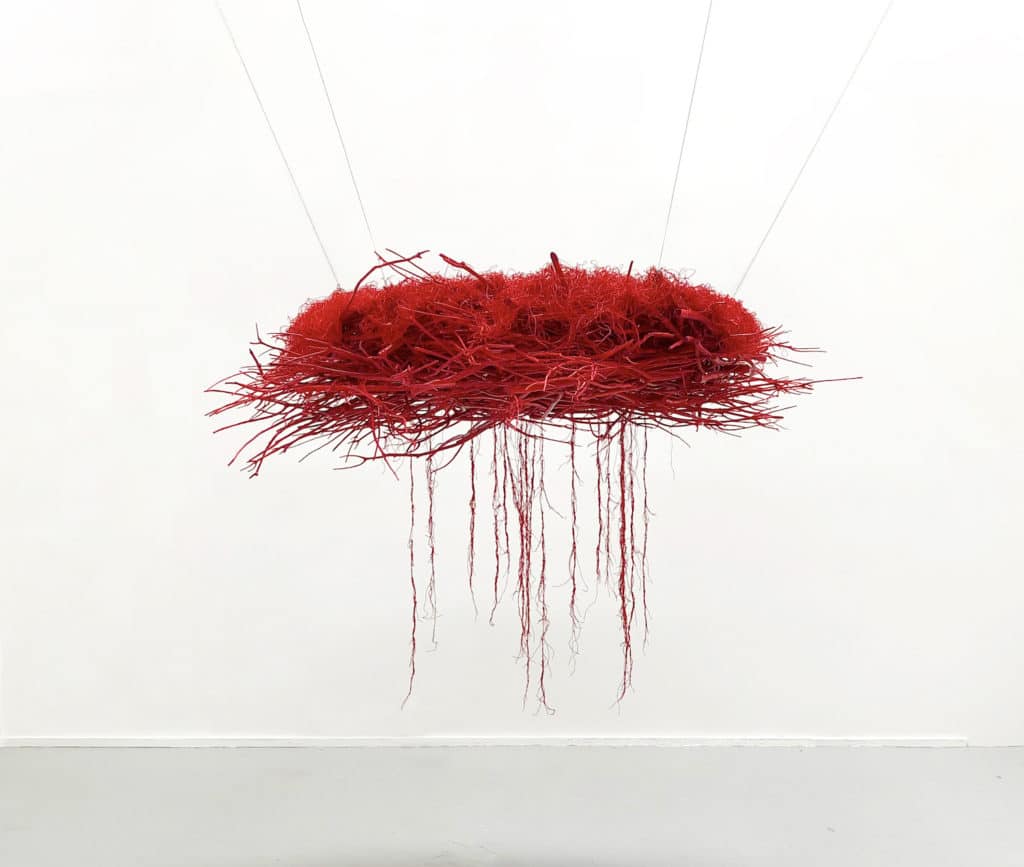
Red Nest
What’s your artistic background?
I graduated from San Francisco State University with a Bachelor of Fine Arts in Textiles. I went on to do a work study in Japan under Tsuyoshi Kuno, a 4th generation master textile dyer in Nagoya, Japan.
What’s integral to the work of an artist?
Finding one’s voice, every voice is unique.
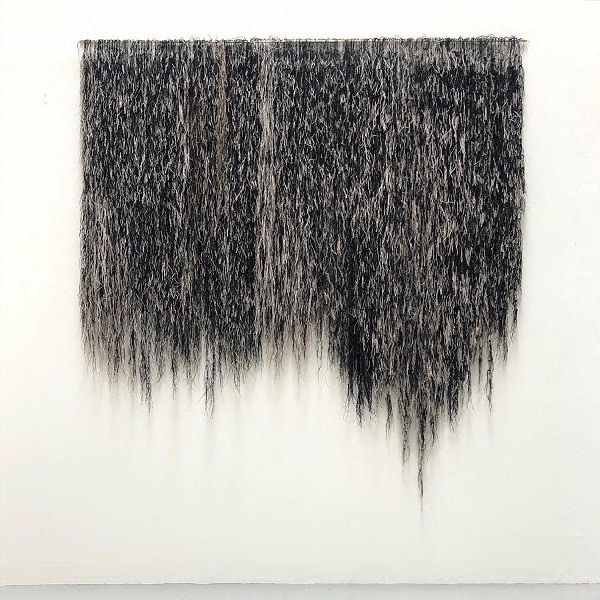
Mammoth
What role does the artist have in society?
To promote freedom of thought and expression.
What art do you most identify with?
Process-based art which draws on craft traditions for contemporary interpretation.
What themes do you pursue?
I explore patterns found in nature and the emotional connection to color, texture and objects.
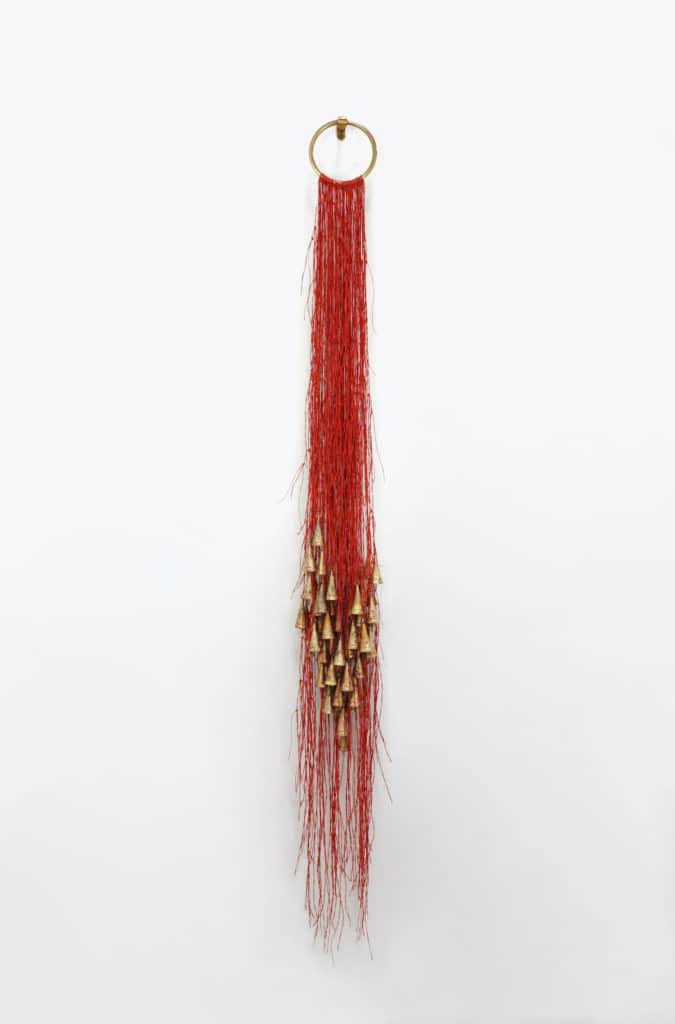
Prayer Bells
What’s your favourite art work?
The Maple Leaf Bowls by Kay Sekimachi.
Describe a real-life situation that inspired you?
My studio is located on the San Francisco Bay and a tide chart is posted in my work studio building. Seeing the tide levels was like looking at a pattern created by nature and the cosmos. I was inspired to transcribe the pattern of tide levels throughout a given day, using thread to connect points on a graph. The series is called ‘Tracing Waves’.
What jobs have you done other than being an artist?
Server, yarn dyer, textile designer
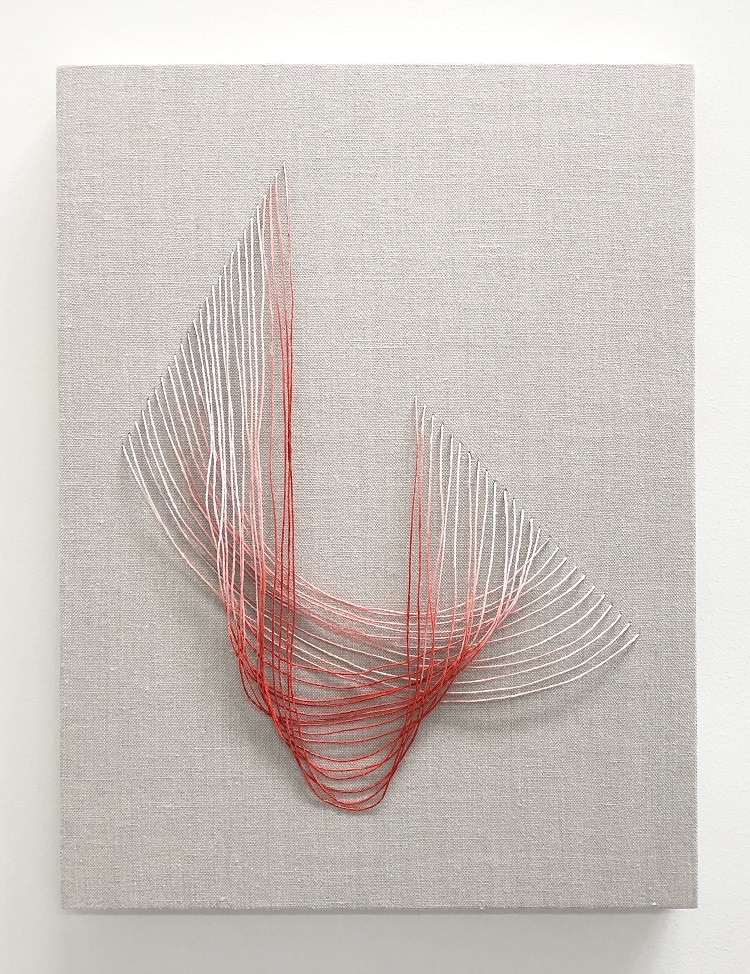
Trapeze
Why art?
I would be lost without it.
What is an artistic outlook on life?
Seeing beauty in the mundane.
What memorable responses have you had to your work?
A gentleman remarked that my piece, ‘Mammoth’ could inspire the making of a movie.
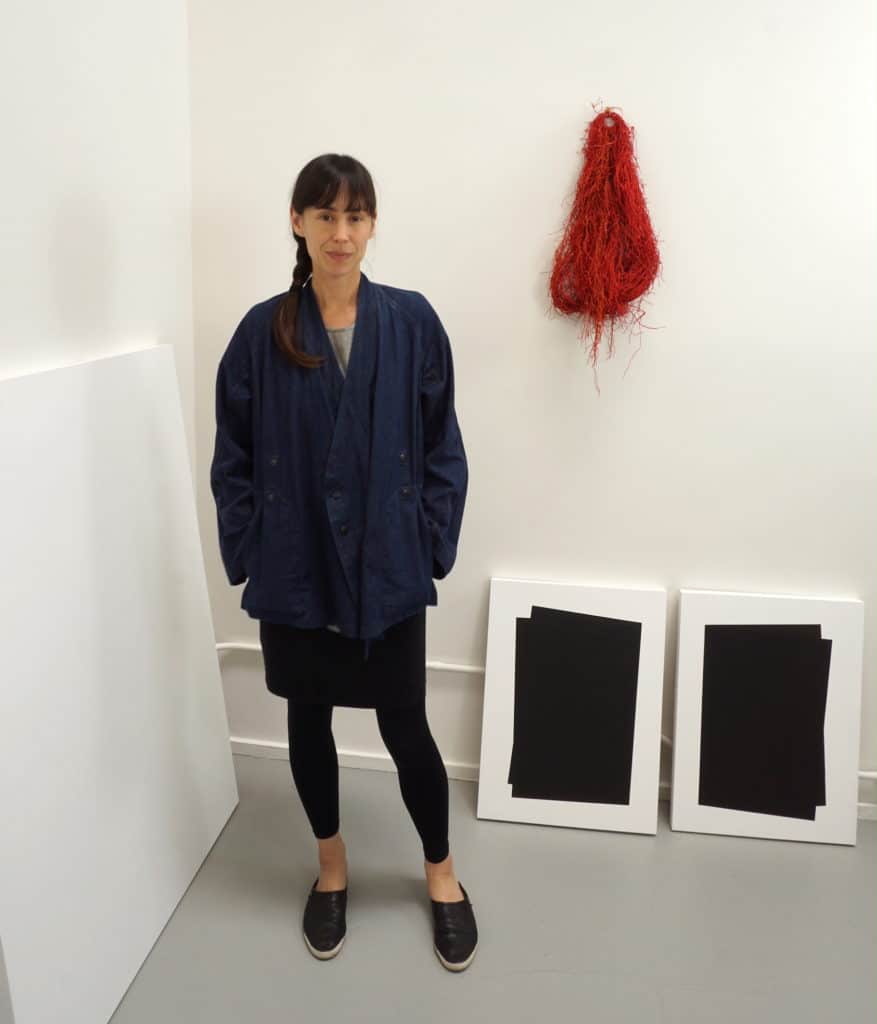
Diane DallasKidd
What food, drink, song inspires you?
A good bowl of homemade soup is centering and comforting, a feeling that I like to impart through my art. Whiskey with Earl Gray tea is warming and uplifting. ‘Blue in Green’ by Miles Davis is pure bliss.
Is the artistic life lonely? What do you do to counteract it?
Art keeps me company so I do not feel lonely but I am blessed to have a soul mate, daughter, close friends and family that I hold dear.
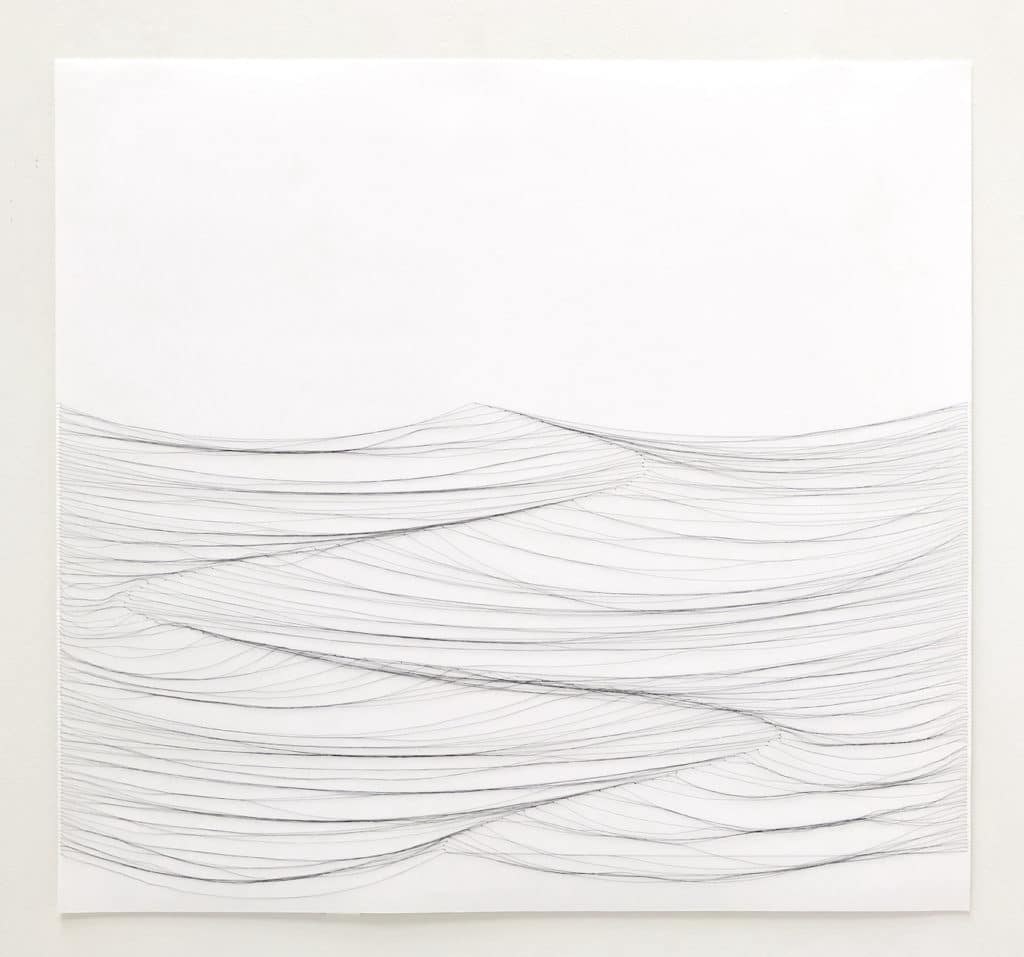
Micro Moon
What do you dislike about the art world?
So far I think the art world is great. I dislike that it is incredibly challenging to support oneself as an artist because the work is not a streamlined process with efficiencies. Every piece of made is unique. Some pieces are successful, others not so much but all are necessary stepping stones. There is an acceptance of the ‘starving artist’. Also perhaps the perception that an artist does not need to be properly compensated for their ideas, time, energy and investment is what I dislike about the art world.
What do you dislike about your work?
My work is very time consuming. I wish the work I produced could keep up with my ideas. On the other hand, I usually find that the work suffers when I take short cuts.
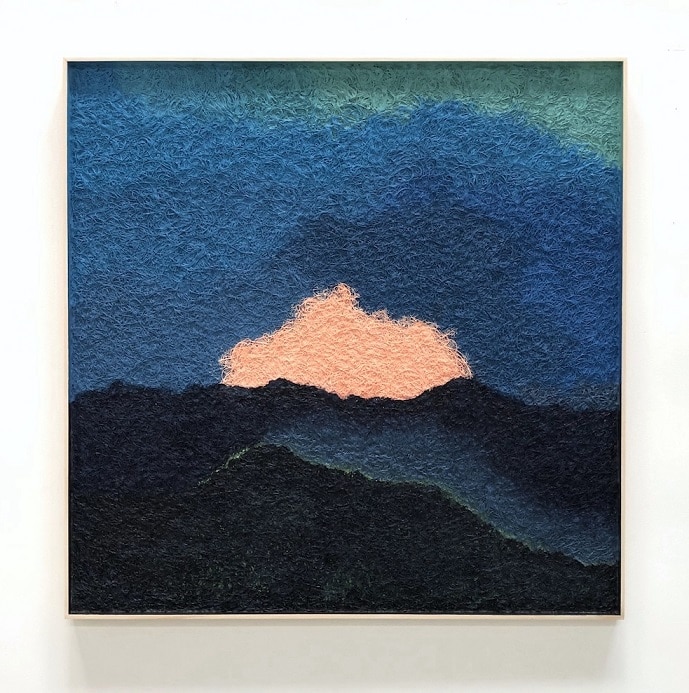
Pulse
What do you like about your work?
I like that my work is a reflection of my heritage and existence in this time and place.
Should art be funded?
Yes, art should be funded by multiple sources such as private collectors, community organizations and government institutions to allow for the cultural representation and artistic tastes reflective of all people.
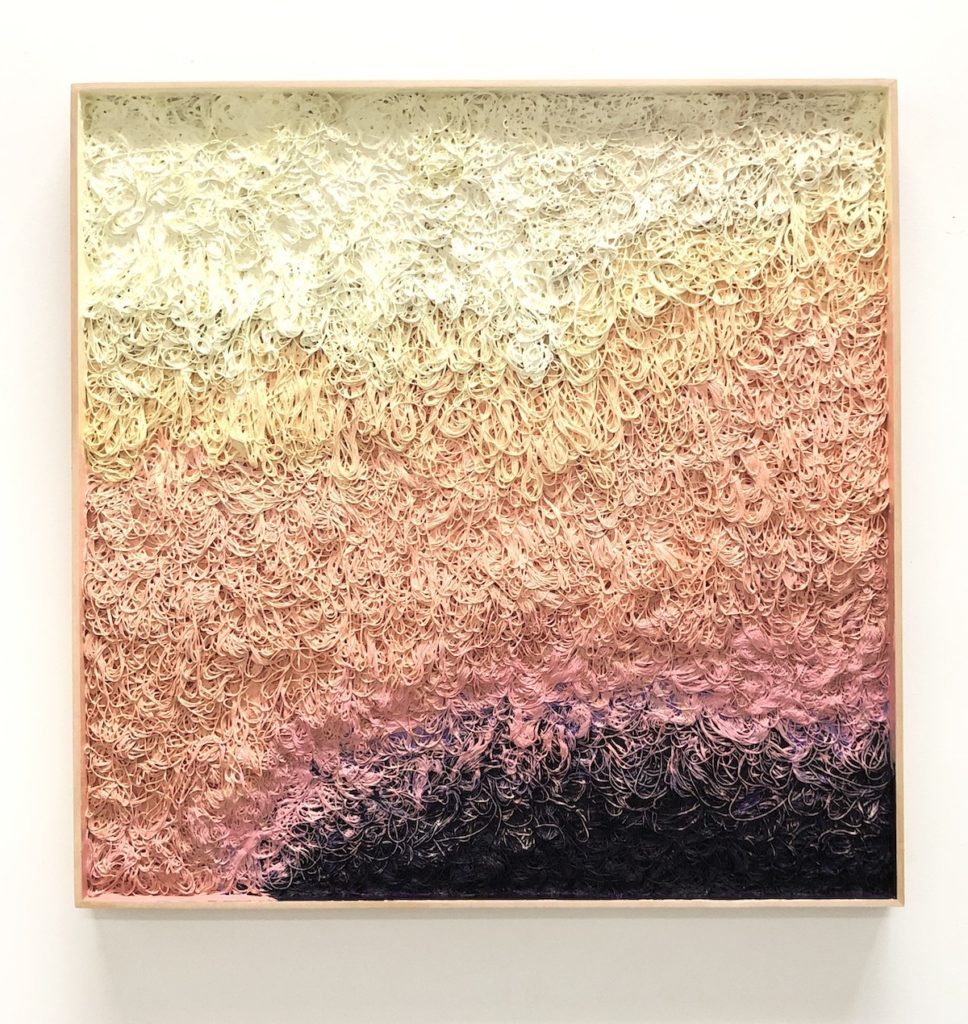
Fructose
What is your dream project?
To have a live art making event where participants create a large scale textile.
Name three artists you’d like to be compared to.
I would be honored to be compared to artists Kay Sekimachi, Agnes Martin, and Ruth Asawa.
Favourite or most inspirational place?
The mossy gardens and temples of Kamakura, Japan.
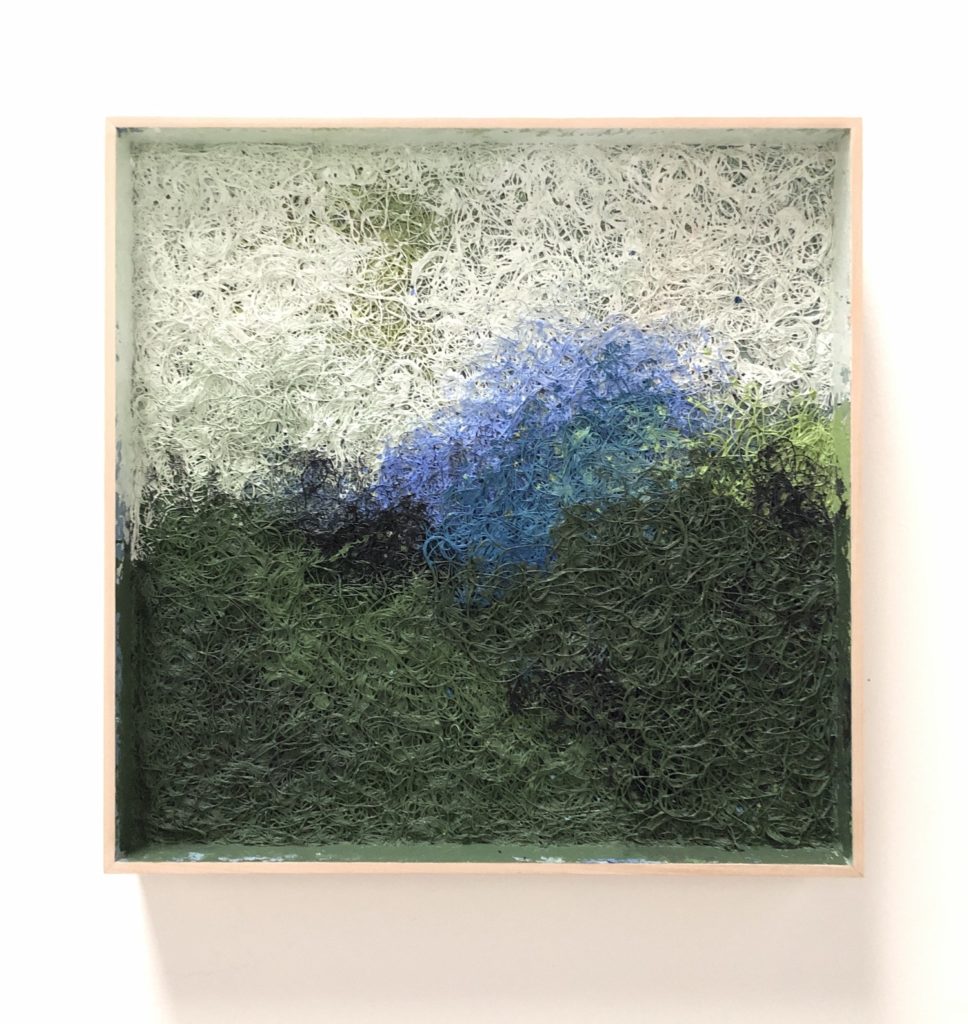
Blur
What’s the best piece of advice you’ve been given?
“In the studio an artist must have no interruptions from himself or anyone else. Interruptions are disasters. To hold onto the ‘surface cord’, that is the artistic discipline. The artist’s own mind will be all the help he needs” -Agnes Martin
Professionally, what’s your goal?
My goal is to share my work with people all over the world through museum and gallery exhibitions.
Future plans?
I have a solo show with Sarah Shepard Gallery in Larkspur, California in the spring of 2022.


